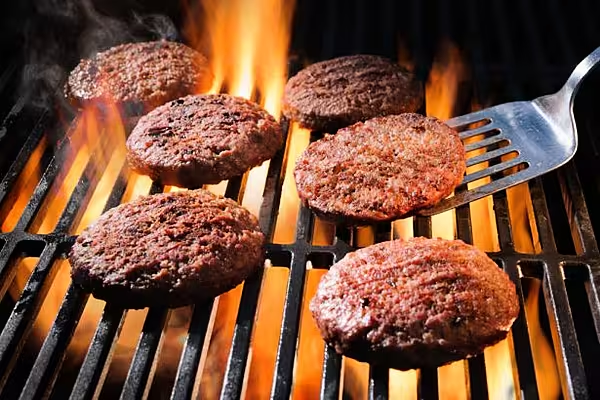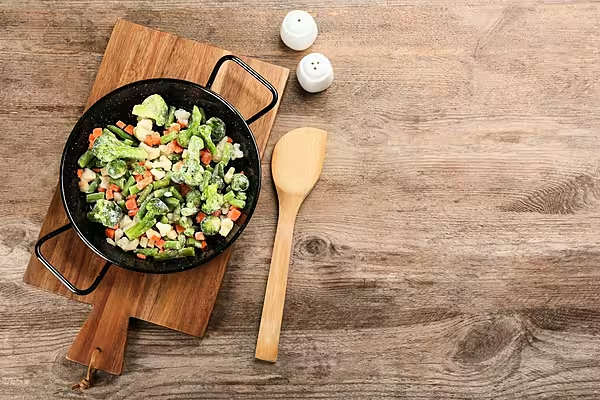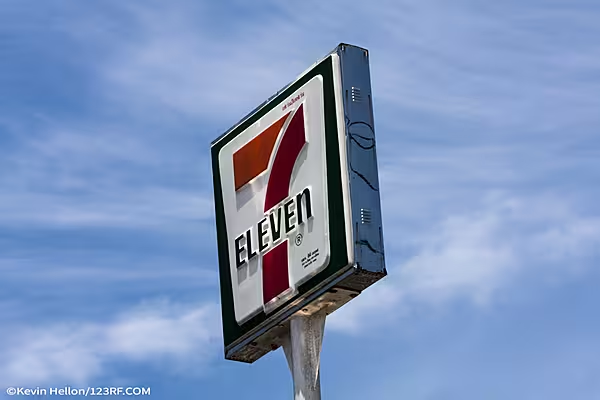A price war has raged in US supermarket aisles for well over a year, bloodying retailers big and small. On Monday, Amazon plans to toss a smart bomb into the fray.
The online giant’s move to slash prices on everything from organic baby kale to fair-trade bananas on the same day its $13.7 billion acquisition of Whole Foods Market closes showed the “high-velocity decision making” Amazon founder Jeff Bezos claims as his hallmark, and sent shares of Kroger, Costco and Walmart reeling Thursday.
Amazon will also begin selling Whole Foods’ store brands on its site, install Amazon pickup lockers in some locations and meld its Prime program into the upscale grocer’s operations.
Price Reductions
While this won’t exactly bring responsibly farmed salmon to the masses - after all, Whole Foods stores will remain in high-rent neighbourhoods - the price reductions could draw in curious new shoppers and present brick-and-mortar retailers with a dilemma. Do they follow suit and see their margins squeezed, or hold fast and risk sacrificing sales in one of the few areas of the food industry that’s actually growing?
“Changing prices across the board is not a simple process for most retailers,” said Greg Portell, a partner at consulting firm A.T. Kearney. “It takes time and labor. What Amazon has done is bring a level of dynamic pricing that will have to be matched by anybody selling food. It will disrupt the way the sector works.”
Kroger shares slumped 8.1% Thursday, while Costco dropped 5%. Friday, shares of Royal Ahold Delhaize NV, the Dutch company that operates the Giant Food and Food Lion chains, dropped as much as 7.3% in Amsterdam.
Experimentation
Amazon is less constrained by profit expectations thanks to a tech-industry ethos that values growth above everything. So it can tinker with the prices of organic eggs, almond butter and rotisserie chicken, experimenting with what gets customers to respond and then doubling down on those successful bets.
Up until a couple of years ago, the grocery price war had largely been fought over mainstream products like soda, soup and cereal, leaving higher-end organics to compete on quality. Organic products still have fatter margins, giving Amazon more room to experiment on pricing.
“When you think about Amazon’s dynamic pricing, it is taking a 21st-century technology and putting it in front of consumers in a new venue,” said Ken Harris, managing partner at Cadent Consulting Group. “Consumers have come to expect it in other places but not their neighborhood supermarket. So it’s profound, and other retailers have to take notice.”
Organic Growth
For years, organic food was a niche category, but Whole Foods showed there was growing demand as it opened more than 400 stores across the country. Eventually, major chains like Walmart and Kroger responded by stocking more organic items. US consumers bought more organic fare than ever before in 2016, with sales increasing 8.4% to $47 billion and accounting for more than 5% of all food sales in the country, according to the Organic Trade Association.
But as organics became more widespread, the traditional supermarkets undercut Whole Foods on price, and the chain’s same-store sales have fallen for eight straight quarters as it struggled to respond. It introduced a new store format called 365 that offered less expensive items to attract younger, budget-conscious shoppers. But the declines continued, and the company had only opened a handful of 365 locations before Amazon pounced in mid-June.
That makes having Amazon behind Whole Foods all the more important, according to Jennifer Bartashus, an analyst for Bloomberg Intelligence. Even before the deal, the grocer was offering more discounts to combat its “Whole Paycheck” reputation and investing in a rewards program. Amazon will speed those efforts by layering on discounts for Prime members, who are typically shopping at Whole Foods already. Nearly two-thirds of Whole Foods’ regular customers are Prime members, according to retail consultancy Magid.
“Whole Foods customers are very Amazon-savvy,” said Matt Sargent, Magid’s senior vice president of retail. “That’s a good thing but with this deal, Amazon bought the same customers it already had. So they have to expand beyond current Whole Foods customers by offering more value.” Whether Amazon can convert those value-seekers into long-term customers will be the challenge, Barthashus said.
Huge Risks
Amazon’s rapid price moves could also backfire, some analysts said. If the retail giant is unable to move quickly enough to adjust price tags in the store to reflect the discounts it’s advertising, the company could get called out by watchdogs and even fined by federal trade regulators, according to Cadent Consulting’s Harris.
“There are huge risks,” he said. And even with all this attention, Whole Foods is still a small player in the US grocery market compared with Walmart and Kroger, who together garner more than 30% of sales.
Still, the brick-and-mortar crowd no doubt noticed Amazon’s ominous note that the price cuts were “just the beginning,” with more changes in the works. Bezos is fond of saying that it’s always “Day 1” at the online giant, a reminder to maintain the aggressive, risk-taking culture of the company’s inception.
On Monday, the supermarket industry will learn just what Day 1 means.
News by Bloomberg, edited by ESM. Click subscribe to sign up to ESM: The European Supermarket Magazine.














